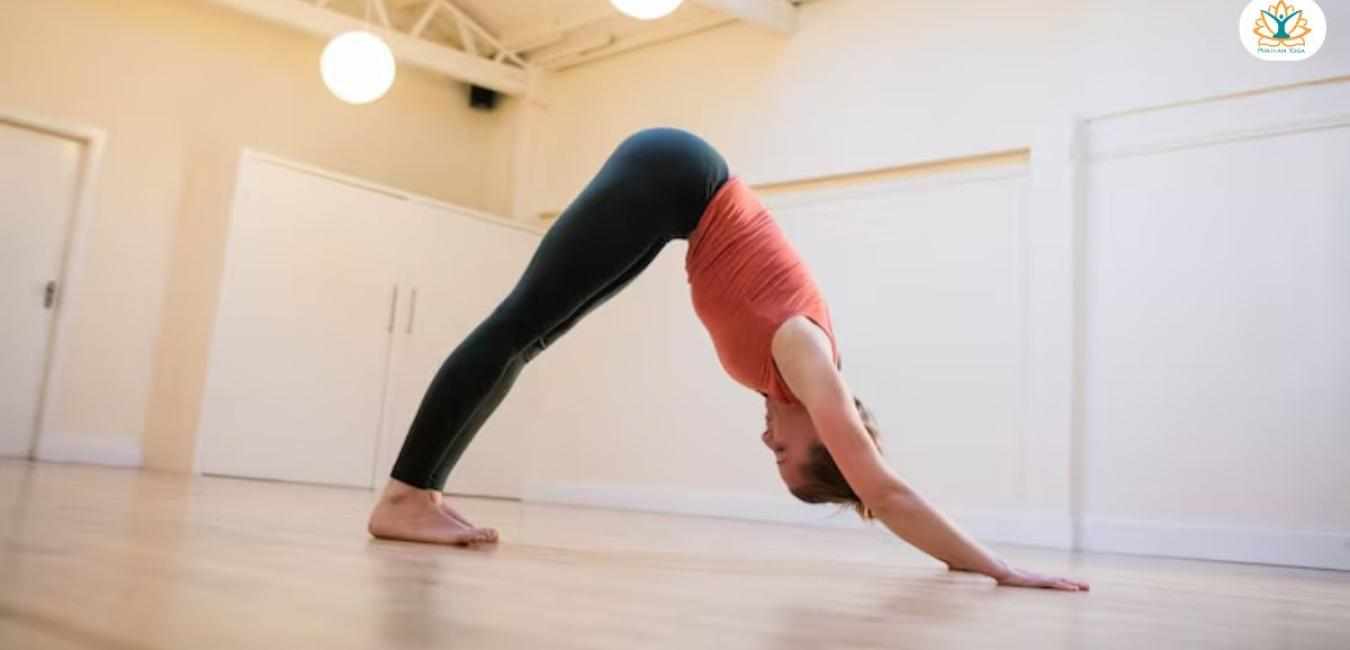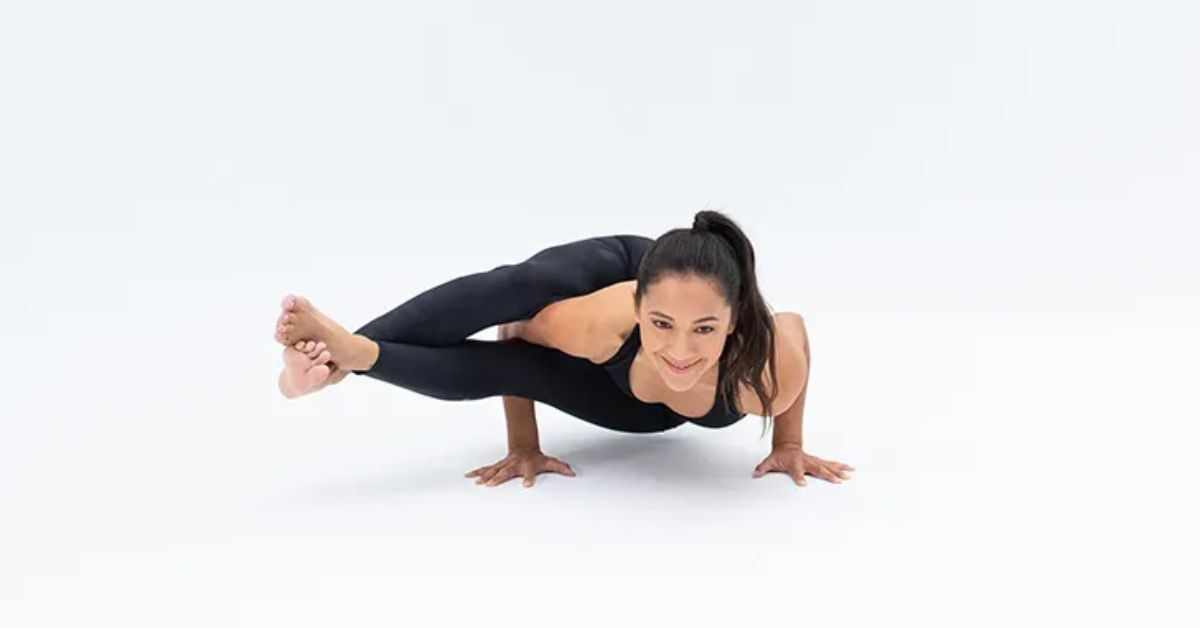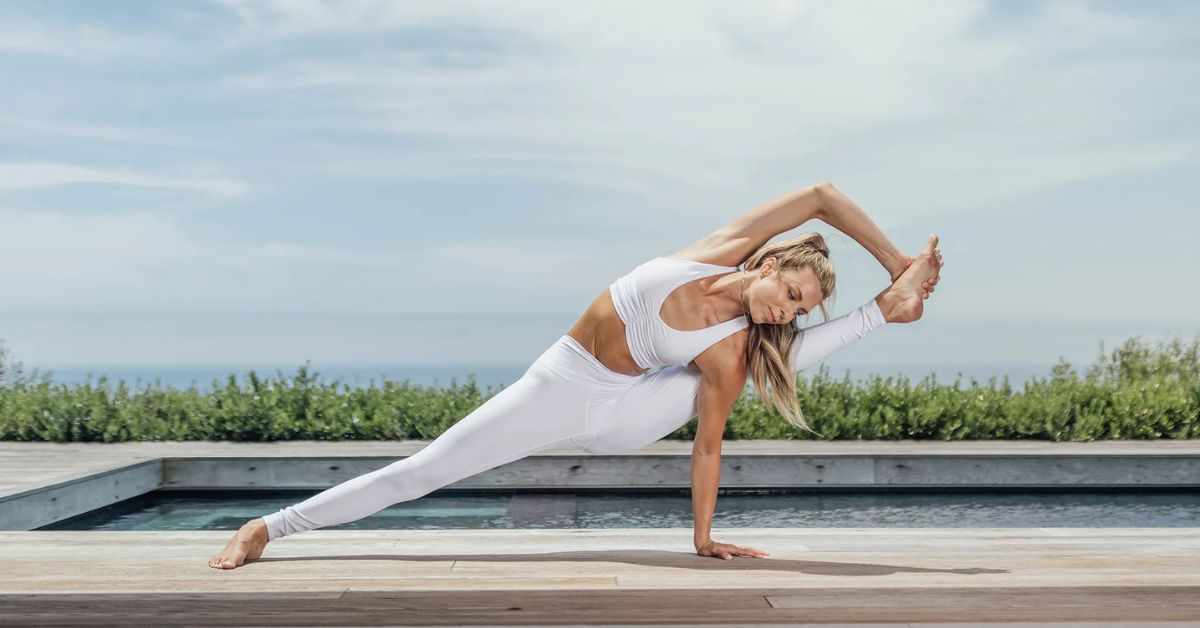
Yoga is an excellent practice during pregnancy, offering benefits such as improved flexibility, reduced stress, better posture, and enhanced circulation. However, not all yoga poses are safe for expecting mothers. Some moves can put pressure on the abdomen, strain the lower back, or affect blood flow, potentially causing discomfort or complications. Knowing which yoga moves to avoid is essential to protect both mother and baby while maintaining a safe and effective practice.
This guide highlights the key yoga moves to avoid while pregnant, why they are risky, and safer alternatives to keep your prenatal yoga practice safe and enjoyable.
1. Deep Backbends
Why to Avoid:
Deep backbends, such as Wheel Pose (Chakrasana) or Camel Pose (Ustrasana), can put excessive pressure on the abdominal muscles and spine. During pregnancy, ligaments are naturally loosened due to hormonal changes, making the body more prone to strain or injury.
Safer Alternative:
Gentle backbends like Cobra Pose (Bhujangasana) or supported Bridge Pose (Setu Bandhasana) are safer options. Use a bolster or yoga block to provide extra support.
2. Strong Twists
Why to Avoid:
Deep, forceful twists, especially ones that compress the belly, can restrict blood flow and strain the uterus. Poses like Revolved Triangle (Parivrtta Trikonasana) may be uncomfortable or unsafe in later stages of pregnancy.
Safer Alternative:
Opt for open or gentle twists, keeping one side of your body open and avoiding compression of the abdomen. Seated twists using the arms for support are safe and effective.
3. Abdominal Crunches and Core-Intensive Poses
Why to Avoid:
Traditional core exercises such as Boat Pose (Navasana) or Plank variations can overwork the abdominal muscles. This can lead to diastasis recti (separation of the abdominal muscles) or strain the lower back.
Safer Alternative:
Focus on modified core exercises like Cat-Cow Pose (Marjaryasana-Bitilasana), Pelvic Tilts, or supported side-lying poses to maintain gentle abdominal engagement without risk.
4. Lying Flat on the Back for Extended Periods
Why to Avoid:
After the first trimester, lying flat on your back in poses like Savasana or Full Bridge for long durations can compress the vena cava (a major vein) and reduce blood flow to the heart and uterus. This may cause dizziness, nausea, or low blood pressure.
Safer Alternative:
Use a side-lying position with a pillow for support, or prop up your upper body with a bolster or wedge for comfort during relaxation.
5. Deep Forward Bends
Why to Avoid:
Intense forward folds such as Standing Forward Fold (Uttanasana) can put pressure on the abdomen, especially in the second and third trimesters. Overstretching ligaments due to pregnancy hormones can also increase the risk of injury.
Safer Alternative:
Perform gentle forward bends with wide legs to create space for the belly, or lean on a chair or blocks for support.
6. Jumping, Rapid Movements, and High-Impact Poses
Why to Avoid:
Dynamic or high-impact movements such as jumping lunges or fast Vinyasa flows can increase the risk of falling or straining ligaments, which are more flexible during pregnancy.
Safer Alternative:
Stick to slow, controlled movements and transitions. Modify sequences to avoid jumping, and prioritize stability and balance over intensity.
7. Inversions (Advanced)
Why to Avoid:
Inversions like Headstand (Sirsasana), Handstand (Adho Mukha Vrksasana), or Forearm Stand (Pincha Mayurasana) can be risky during pregnancy, especially without proper supervision. They may strain the neck, balance, and abdominal area.
Safer Alternative:
Use supported inversions such as legs-up-the-wall pose (Viparita Karani), which promote circulation safely without the risk of falling.
8. Poses That Require Excessive Balance
Why to Avoid:
Pregnancy shifts your center of gravity, making balancing poses like Dancer Pose (Natarajasana) or Extended Hand-to-Big-Toe Pose (Utthita Hasta Padangusthasana) more challenging and increasing the risk of falls.
Safer Alternative:
Practice balancing poses near a wall or sturdy chair for support, or choose simpler poses like Tree Pose (Vrksasana) with foot placement lower on the leg for added stability.
General Safety Tips for Prenatal Yoga
Listen to your body: Avoid any pose that causes pain, strain, or discomfort.
Use props: Blocks, bolsters, straps, and cushions can make poses safer and more comfortable.
Stay hydrated: Pregnancy increases fluid needs, especially during exercise.
Avoid overheating: Practice in a well-ventilated space and avoid hot yoga.
Practice with guidance: Consider prenatal yoga classes or consult a certified instructor to ensure safety.
Benefits of Safe Yoga During Pregnancy
When practiced mindfully, yoga can:
Reduce stress and anxiety
Improve flexibility, posture, and balance
Support healthy weight gain and muscle tone
Relieve lower back pain and discomfort
Promote better sleep and overall well-being
By avoiding risky poses and prioritizing gentle, supportive movements, you can enjoy these benefits without compromising safety.
Conclusion
While yoga is an excellent tool for pregnancy wellness, certain moves should be avoided to protect both mother and baby. Deep backbends, strong twists, core-intensive poses, lying flat on the back for long periods, high-impact movements, and advanced inversions are best avoided. By modifying poses, using props, and listening to your body, you can maintain a safe, effective, and enjoyable yoga practice throughout pregnancy.
Prenatal yoga is about gentleness, awareness, and mindful movement — focusing on stability, breath, and inner calm rather than pushing limits. With care and guidance, yoga can become a powerful ally in supporting a healthy, balanced pregnancy.












Write a comment ...